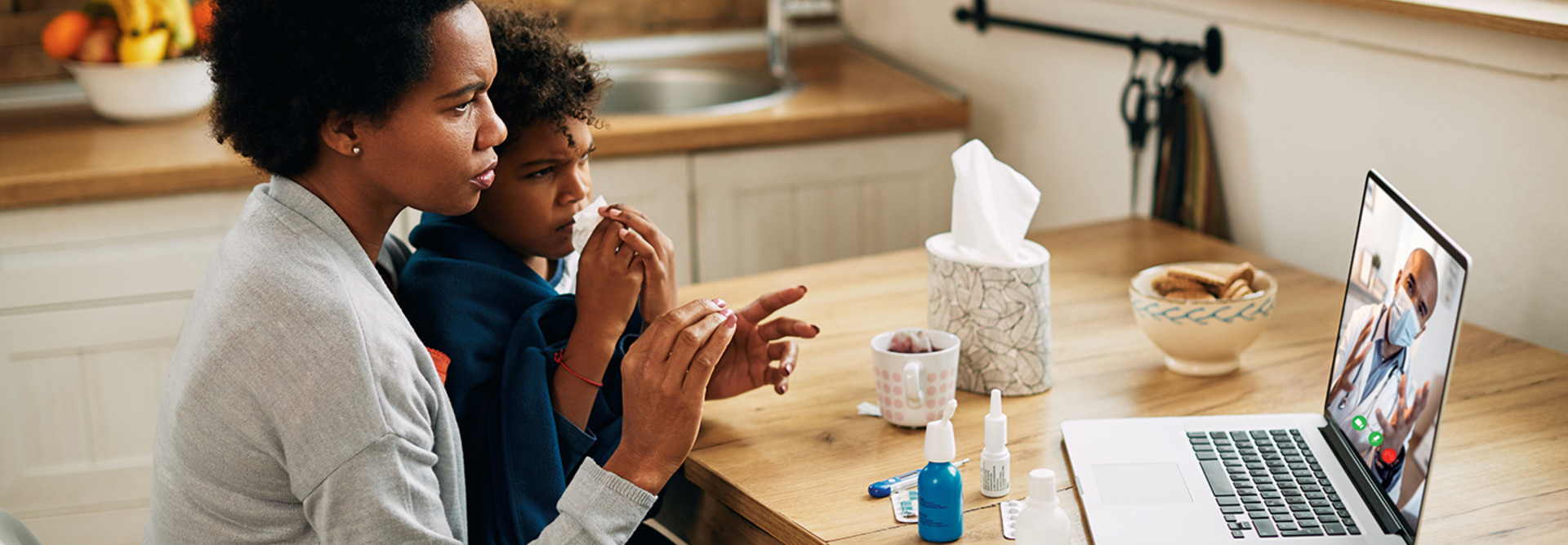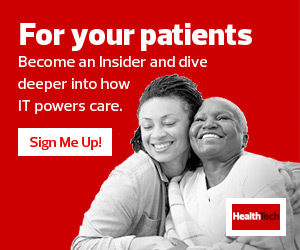When the COVID-19 pandemic restricted nonemergency care, healthcare systems across the U.S. had to adapt quickly to continue serving patients, whether through virtual doctor’s visits, remote patient monitoring or mobile clinics meeting underserved communities where they are.
More than half of U.S. consumers saw a doctor virtually during the pandemic, and 29 percent of adults helped someone else in their household attend a virtual visit, according to Deloitte research. For many, the accessibility of virtual care inspired them to continue scheduling virtual appointments even after COVID-19 vaccinations began to roll out.
Virtual care options such as videoconferencing and remote patient monitoring can serve patients who might otherwise have a difficult commute to a hospital, while programs such as mobile clinics can offer primary and preventive care to people who similarly face barriers in accessing the crucial care they need. “Mobile clinics can improve access by serving as a vital link between the community and clinical facilities,” a 2020 analysis of the Mobile Health Map database finds.
Get Out of the Office
At the University of Miami’s Pediatric Mobile Clinic, what began as a disaster response initiative after Hurricane Andrew in 1992 is now delivering care to about 3,000 patients annually. “To be able to solve public health issues through mobile medicine — through a program that is just dedicated to taking care of the underserved — it’s been truly remarkable and extremely rewarding,” Dr. Lisa Gwynn, the clinic’s medical director, tells HealthTech.
And in Arizona, Phoenix Children’s Hospital has telehealth services backed by strong security to better serve patients who would otherwise face time-consuming commutes to its campus.
The pandemic may have accelerated or enhanced many of these solutions across the U.S., but they have staying power. Ultimately, the ability to adapt care to the myriad needs of patients improves relationships between healthcare systems and the communities they serve.











